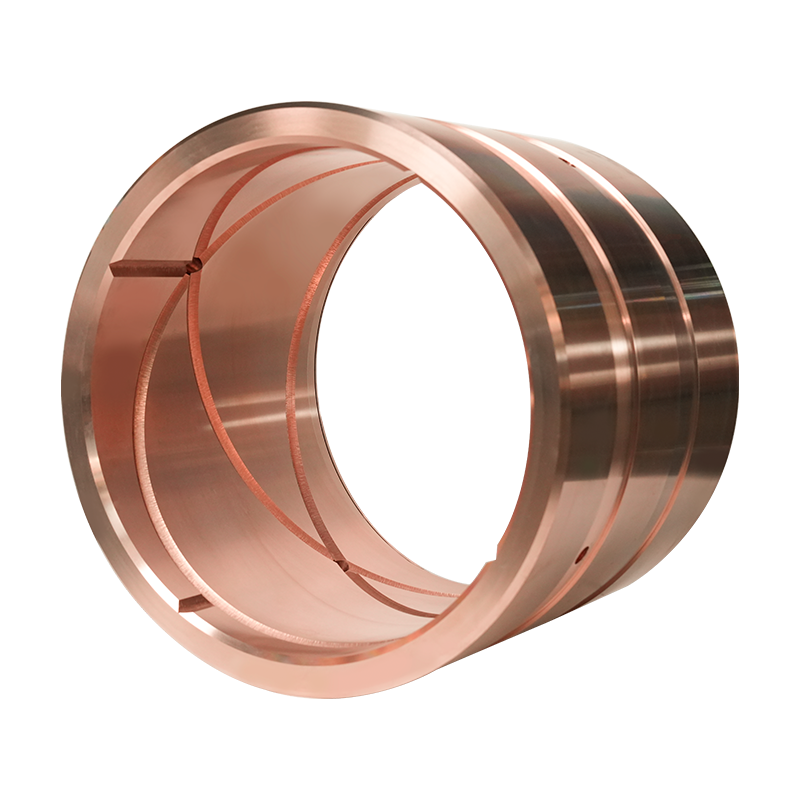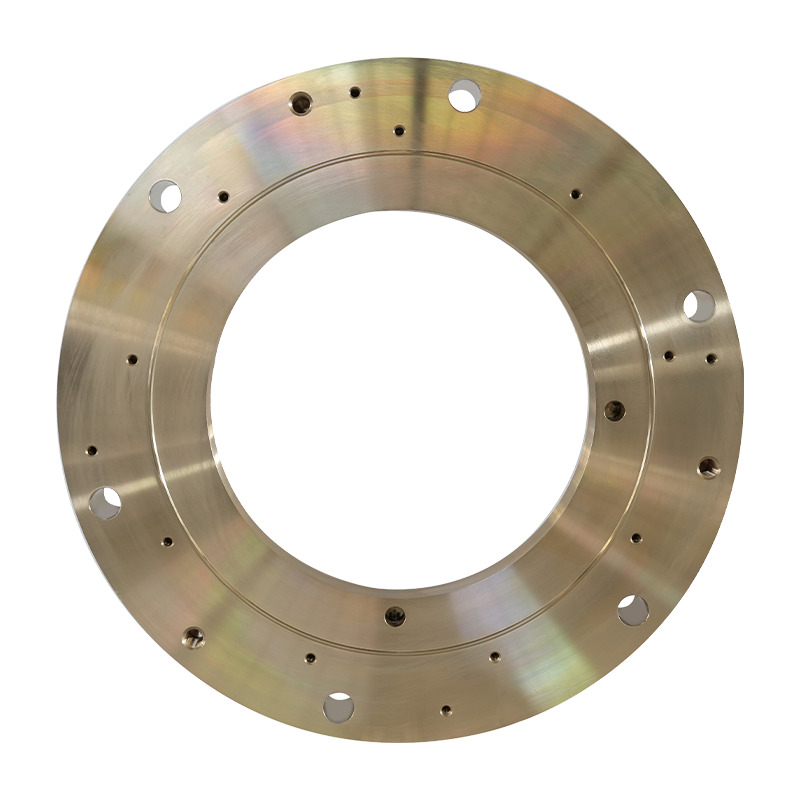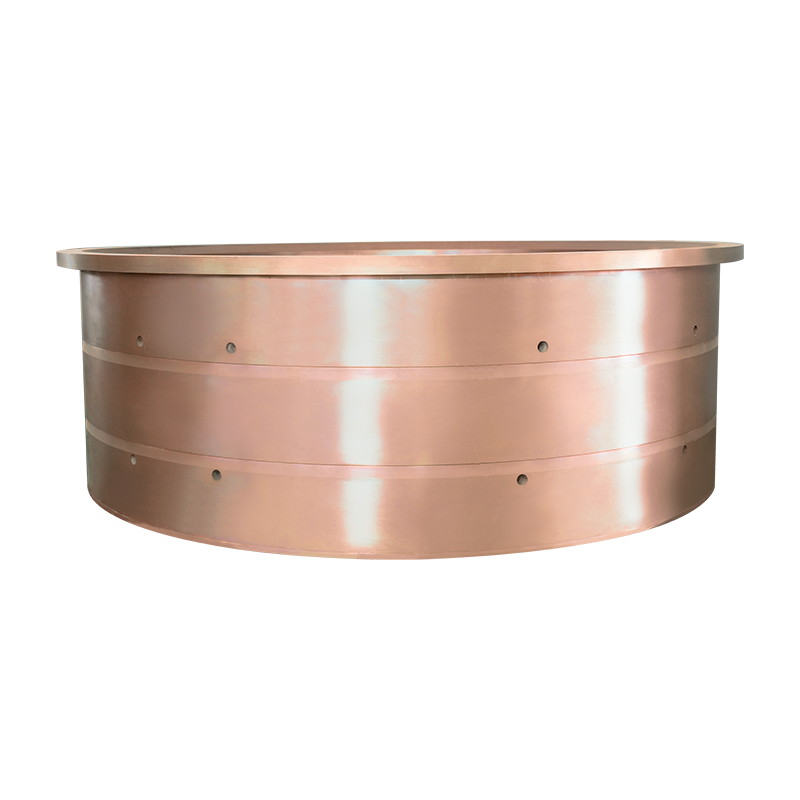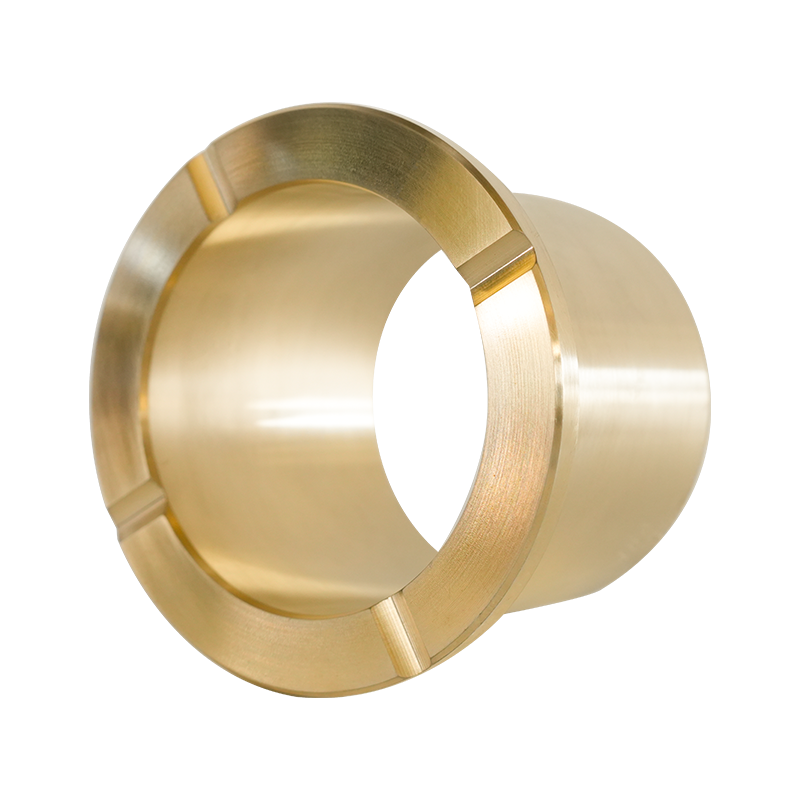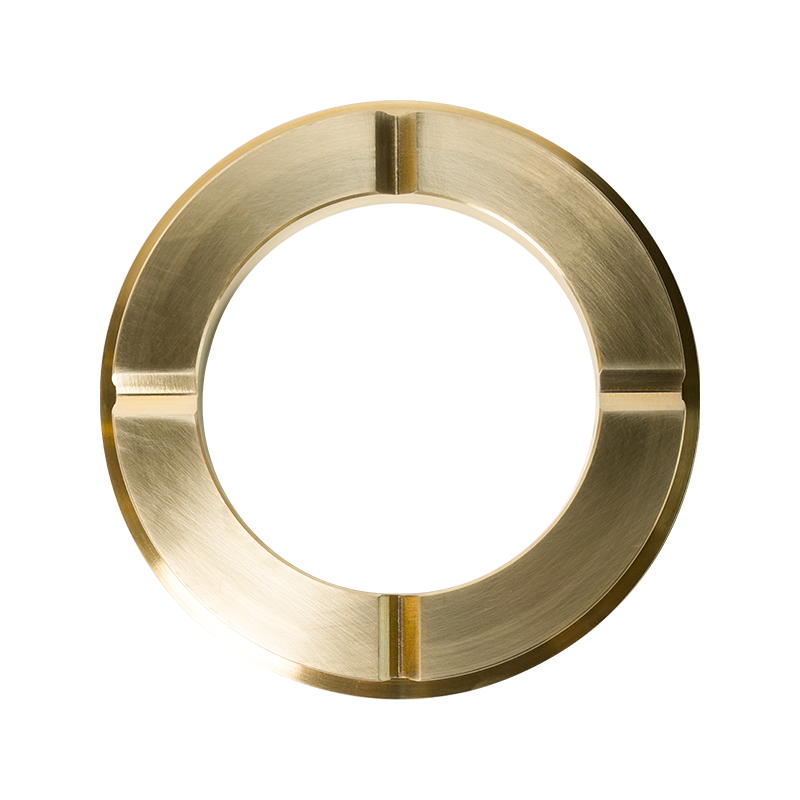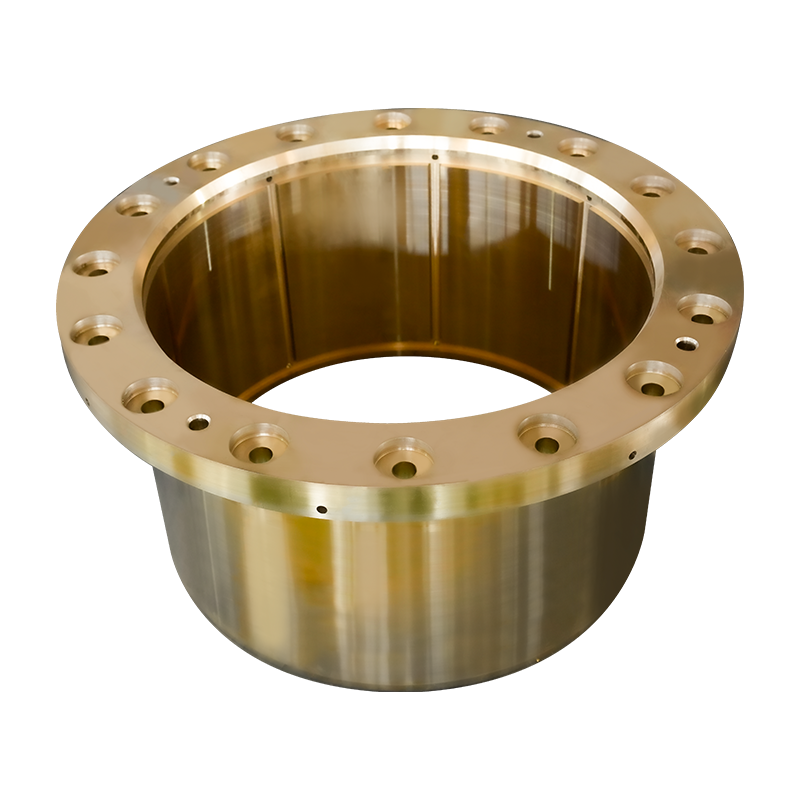Working Principle of Worm Gear
1.Structure and Meshing
A worm gear consists of a helical driving shaft (worm) and a cylindrical or spherical gear (worm wheel) that intersect at a 90° angle. The worm’s helical teeth act like a series of inclined teeth that, when the shaft rotates, progressively drive the worm wheel, transmitting power.
2.Determination of Transmission Ratio
The transmission ratio is primarily determined by the number of starts on the worm (single‑start, double‑start, etc.). A single‑start worm can achieve high reduction ratios, typically ranging from 1:10 to 1:300 in a single stage.
By altering the worm’s pitch or increasing the number of starts, the output speed and torque ratio can be flexibly adjusted.
3.Motion Characteristics and Advantages
Because the axes are non‑intersecting and perpendicular, worm gears can achieve large reductions and direction changes in space‑constrained applications. Their compact structure, low noise, and smooth operation make them suitable for many industrial settings.
High load capacity and a large overload factor enable excellent performance in heavy‑duty machinery, lifting equipment, and other high‑torque demand scenarios.
4.Efficiency and Lubrication Requirements
The contact between worm and worm wheel is sliding, resulting in relatively high friction losses; therefore, transmission efficiency is usually below 50 %.
To reduce wear and heat buildup, high‑wear‑resistant materials and appropriate lubricating oils are required for cooling and friction reduction.
Why does a worm gear exhibit self‑locking behavior?
Self‑Locking Characteristics of Worm Gear
1.Geometric Conditions for Self‑Locking
Self‑locking occurs when the lead angle (γ) of the worm is smaller than the equivalent friction angle of the worm wheel’s tooth surface, i.e., the static friction coefficient (μ) satisfies μ > tan γ. Under this condition, the worm wheel cannot drive the worm in reverse.
2.Influence of Friction Coefficient
A higher friction coefficient (e.g., iron‑on‑iron ≈ 0.3) enhances self‑locking ability, whereas low‑friction material pairings or polished surfaces weaken it.
In practice, material selection, surface treatment, and lubrication are used to adjust the degree of self‑locking.
3.Static vs. Dynamic Self‑Locking
Static self‑locking: When the system is at rest, the worm wheel cannot be forced to rotate the worm, providing safety in lifting mechanisms.
Dynamic self‑locking: During operation, if the load suddenly stops, the worm wheel can still hold its position, preventing unintended back‑driving; however, shocks and vibrations may compromise the lock.
4.Design and Application Considerations
To ensure reliable self‑locking, designers typically use a single‑start worm, keep the lead angle below about 4°, and select material combinations with a high friction coefficient.
In applications where high efficiency and no self‑locking are required, multi‑start worms or larger lead angles are employed to reduce friction and improve transmission efficiency.


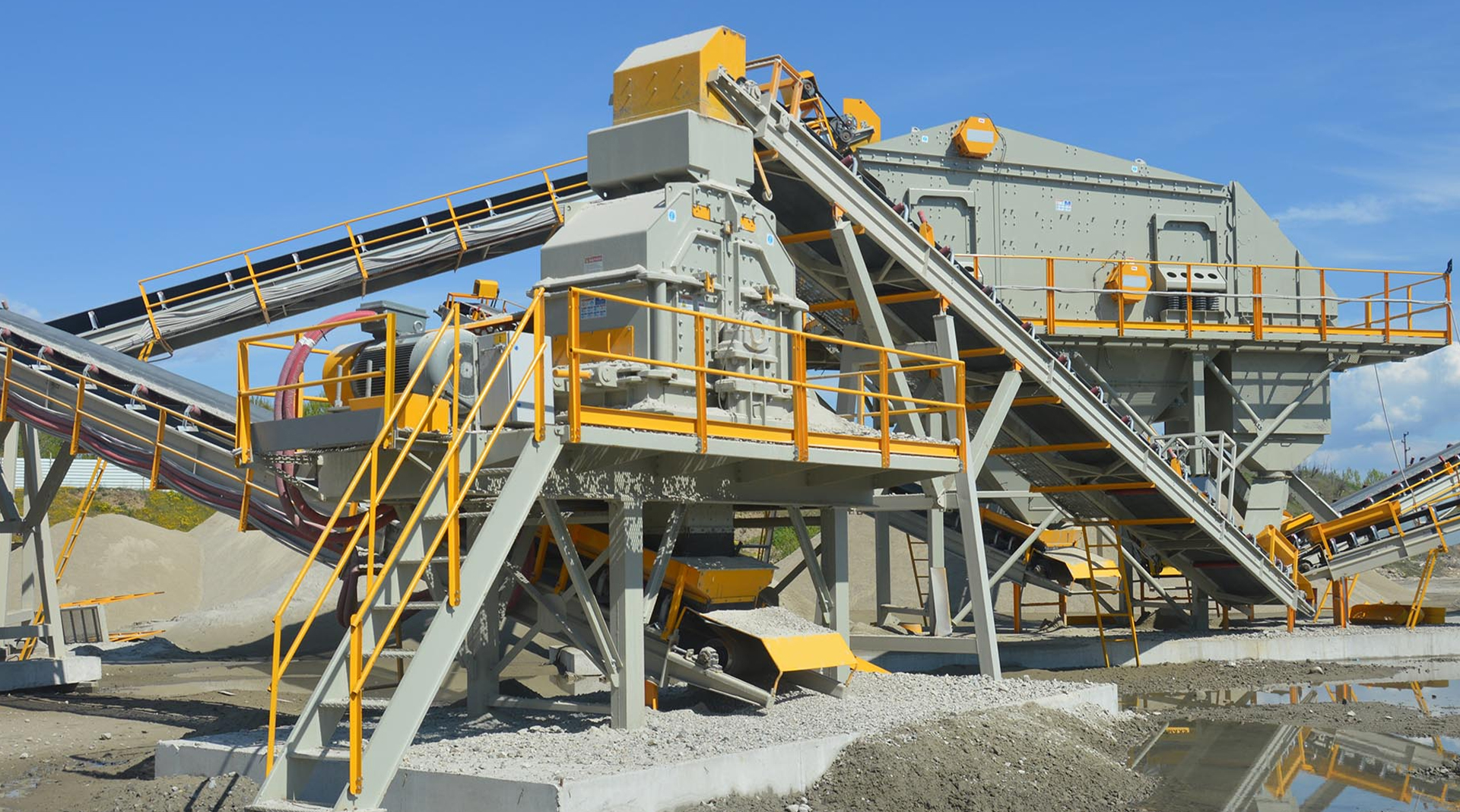
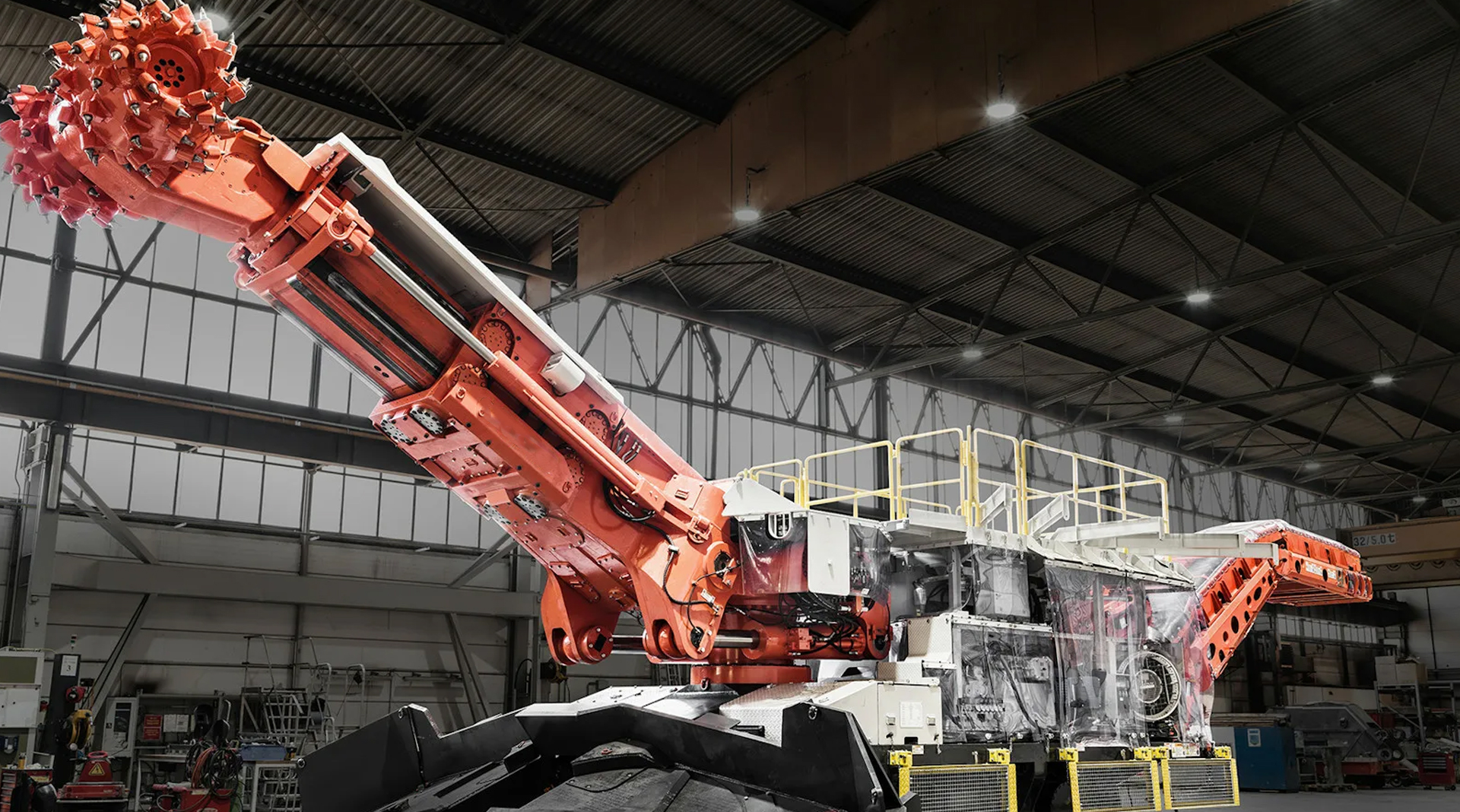
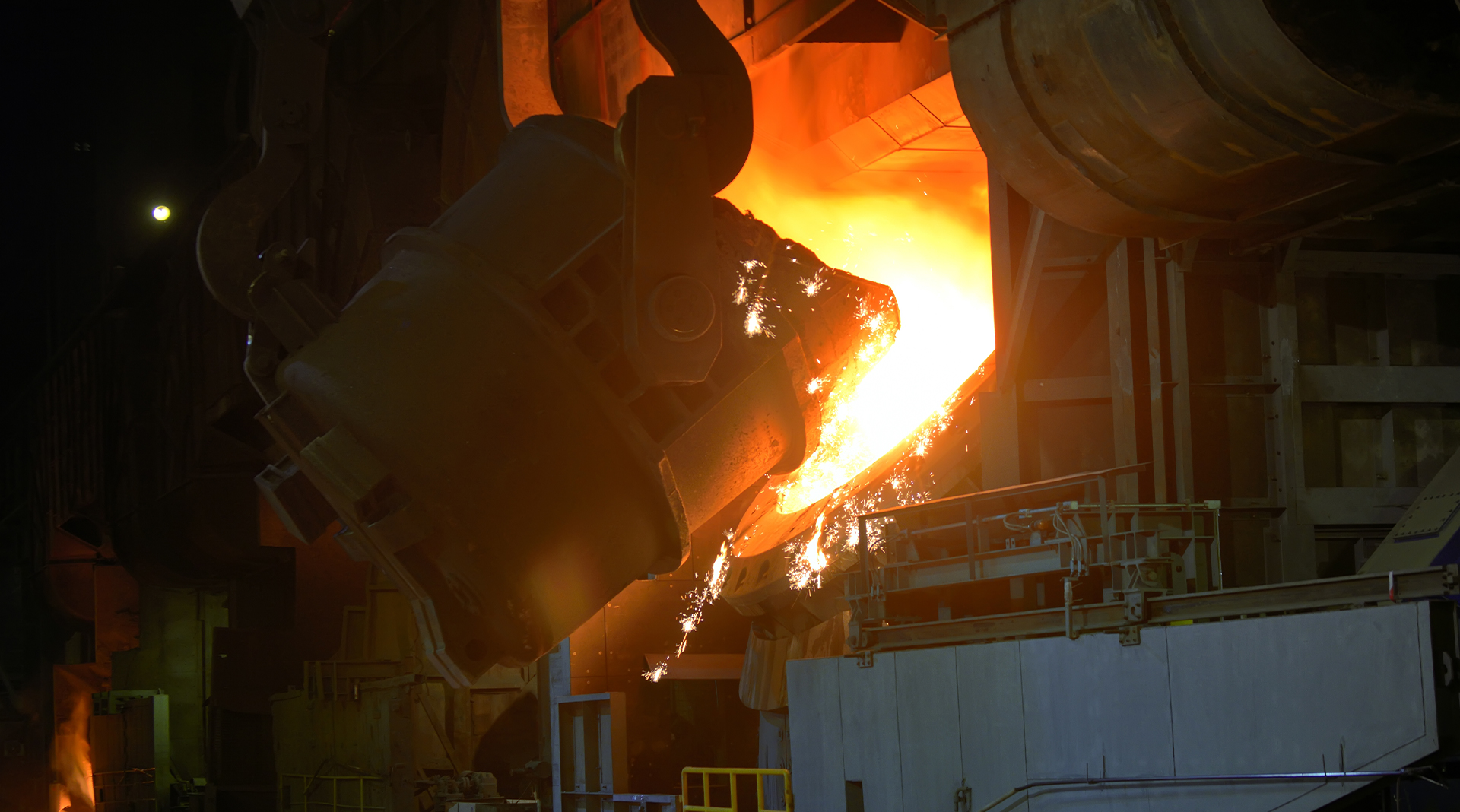



 English
English 日本語
日本語 русский
русский Deutsch
Deutsch
